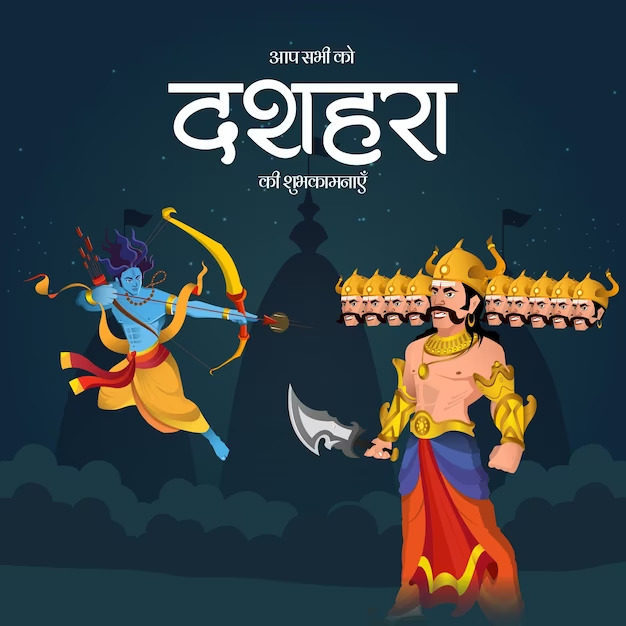Ganesh Chaturthi: Celebrating the Divine Elephant-Headed God

Introduction
Ganesh Chaturthi, also known as Vinayaka Chaturthi, is one of the most vibrant and widely celebrated festivals in India. It honors Lord Ganesha, the elephant-headed god of wisdom, knowledge, and prosperity. This festival holds a special place in the hearts of millions, transcending regional, linguistic, and cultural boundaries. In this article, we will delve into the significance, traditions, and the cultural impact of Ganesh Chaturthi.
The Significance of Ganesh Chaturthi
Ganesh Chaturthi marks the birth of Lord Ganesha, the son of Lord Shiva and Goddess Parvati. It falls on the fourth day of the Hindu lunar calendar month of Bhadrapada, usually in August or September. Lord Ganesha is revered as the remover of obstacles and the god of new beginnings, making this festival a symbol of hope and renewal.
The festival symbolizes the belief in the cycle of creation and destruction, as Lord Ganesha’s idol is brought home with immense devotion and, after ten days of celebration, immersed in water, signifying his return to Mount Kailash, his heavenly abode.
Traditions and Celebrations
- Ganesh Idol Installation: The central ritual of Ganesh Chaturthi is the installation of beautifully crafted idols of Lord Ganesha in homes and public places. These idols can vary in size from small clay figurines for personal worship to enormous, elaborately decorated statues for public displays.
- Prayers and Offerings: Devotees offer prayers, flowers, fruits, sweets, and incense to Lord Ganesha throughout the ten-day festival. Modak, a sweet dumpling, is believed to be Lord Ganesha’s favorite, and it is offered as a special treat.
- Aarti and Bhajans: Daily aarti (ritualistic worship with lamps) and bhajans (devotional songs) are performed to seek the blessings of Lord Ganesha. These ceremonies create an atmosphere of spirituality and devotion.
- Visarjan (Immersion): On the final day of the festival, known as Anant Chaturdashi, the idols are taken in processions to water bodies, such as rivers, lakes, or the sea, for immersion. This grand procession is accompanied by music, dance, and fervent chanting of Ganesha mantras.
- Eco-friendly Initiatives: In recent years, there has been a growing awareness about the environmental impact of idol immersion. Many communities and individuals have adopted eco-friendly idols made from clay or natural materials to reduce pollution in water bodies.
Cultural Impact
Ganesh Chaturthi transcends religious boundaries and has become a cultural phenomenon in India. Here are some ways in which it impacts Indian culture:
- Unity in Diversity: The festival unites people from diverse backgrounds, fostering a sense of community and belonging. It is celebrated with equal enthusiasm by people of different religions and regions.
- Art and Creativity: The creation of intricate Ganesha idols has become an art form, with skilled artisans showcasing their talent. The competition for the most beautifully crafted idol is fierce, leading to breathtaking creations.
- Social Harmony: Ganesh Chaturthi promotes social harmony as people from various walks of life come together to celebrate. It also serves as a platform for cultural exchange and understanding.
- Philanthropy: Many Ganesh Chaturthi organizers engage in charitable activities during the festival, such as providing free meals, medical camps, and education initiatives, demonstrating the spirit of giving.
Conclusion
Ganesh Chaturthi is more than just a religious festival; it is a cultural extravaganza that celebrates art, unity, and the spirit of togetherness. It teaches us the importance of seeking blessings for new beginnings and the necessity of letting go of the old to embrace the new. As India and the world continue to evolve, Ganesh Chaturthi remains a timeless reminder of the values of hope, harmony, and devotion.







